Outer Solar System
Jupiter

Jupiter, half illuminated
Based on textures from NASA/JPL/Space Science Institute

Pioneer 10 passing Jupiter in 1972
Voyager's Grand Tour
By Voyager_Path.jpg: created by NASAderivative work: Hazmat2 (talk) - Original from http://solarsystem.nasa.gov/multimedia/display.cfm?IM_ID=2143This file was derived fromVoyager Path.jpg:, Public Domain, https://commons.wikimedia.org/w/index.php?curid=18049439
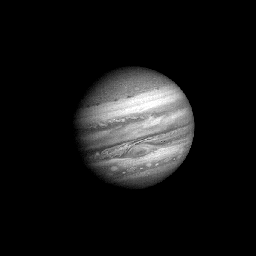
Voyager 1 approaching Jupiter in 1979

Pressure & Density & size
Let's start with Hydrostatic equilibrium $$\begin{equation} \frac{dP}{dr} = -\frac{G M_r \rho}{r^2} \end{equation}$$ where $M_r$ is the mass contained within a radius $r$.
The center of Jupiter based on this comes out to be 11.2 times that of the earth's core, or 107 atm
The Phase Diagram of Hydrogen
Based on Figure 10.11 - Ryden & Peterson

The internal structure of Jupiter
Jupiter's Magnetosphere

Artistic Impression of Jupiter's Magnetic Field lines
NASA's Goddard Space Flight Center, Images courtesy of NASA/JPL/SwRI
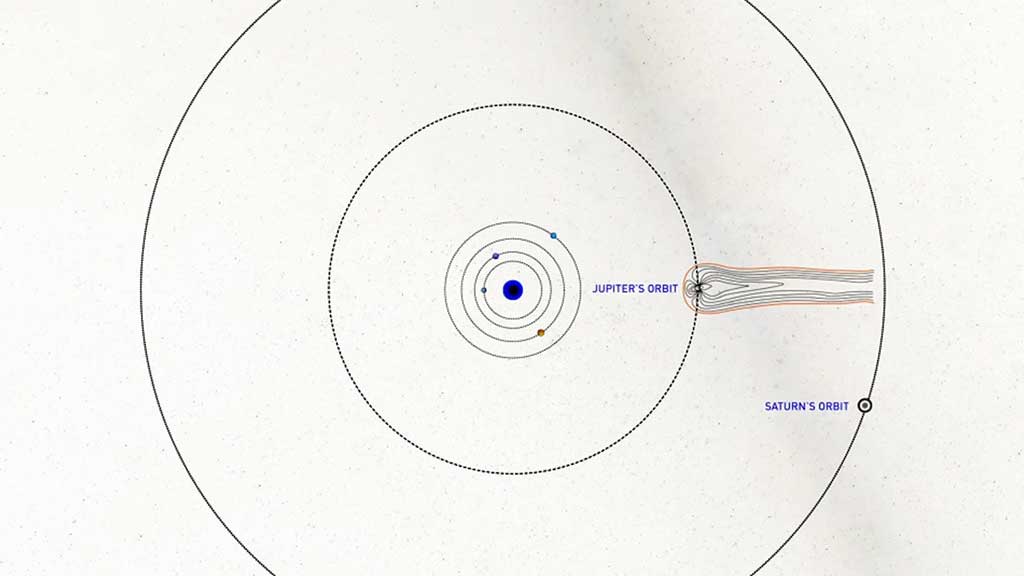
Jupiter's magnetic field extends up to nearly 2 million miles from the planet. Its influence likely reaches beyond the orbit of Saturn.
NASA's Goddard Space Flight Center Images courtesy of NASA/JPL/SwRI
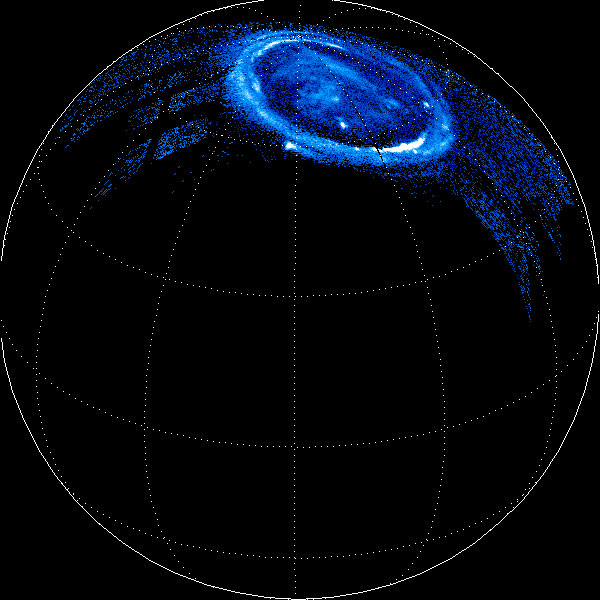

Jupiter's Auroras from the Juno spacecraft.
Juno Mission

By National Aeronautics and Space Administration (NASA) - Juno Mission to Jupiter (2010 Artist's Concept) at the official NASA website., Public Domain, https://commons.wikimedia.org/w/index.php?curid=41408653

The instruments onboard Juno.
Credit: NASA/JPL
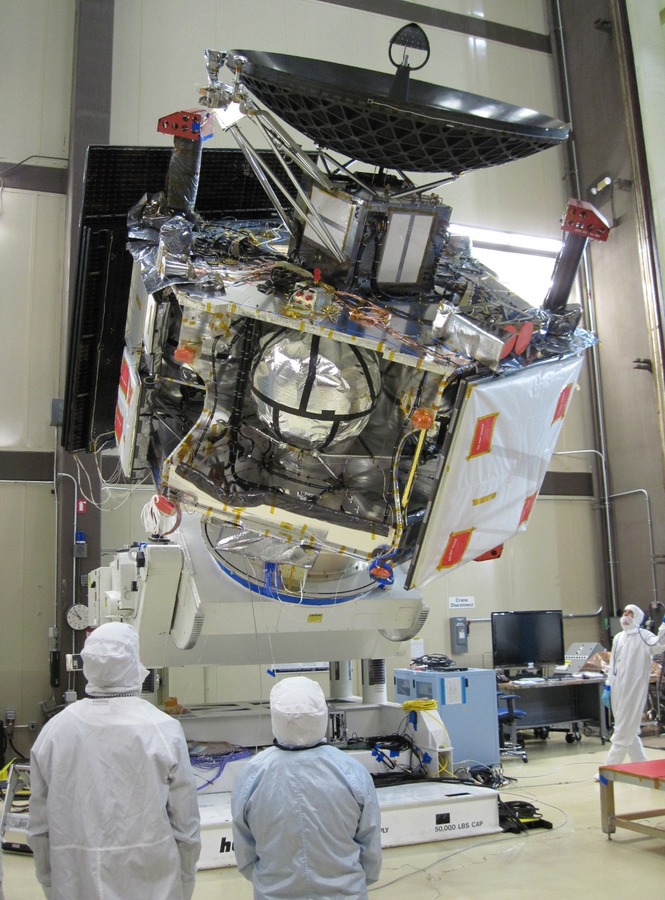
The cube in between the dish and the main hexagonal region is the Juno Radiation Vault.
Jovian Satellites
First four discovered by Galileo in 1610
For a long time, there were only 4... Now we have found 69 79 80 95.
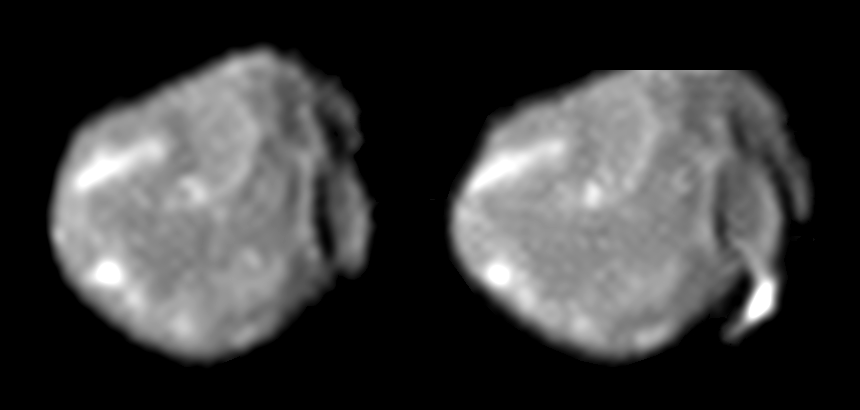
Amalthea, as photographed by the Galileo spacecraft. The left photograph is from August 12, 1999 at a range of 446,000 kilometers. The right photo is from November 26, 1999 at a range of 374,000.
By NASA / JPL - http://photojournal.jpl.nasa.gov/catalog/PIA02532, Public Domain, https://commons.wikimedia.org/w/index.php?curid=176487
Amalthea
- Dimensions: 250 × 146 × 128 km
- Mean radius: 83.5±2.0 km
Not very big...
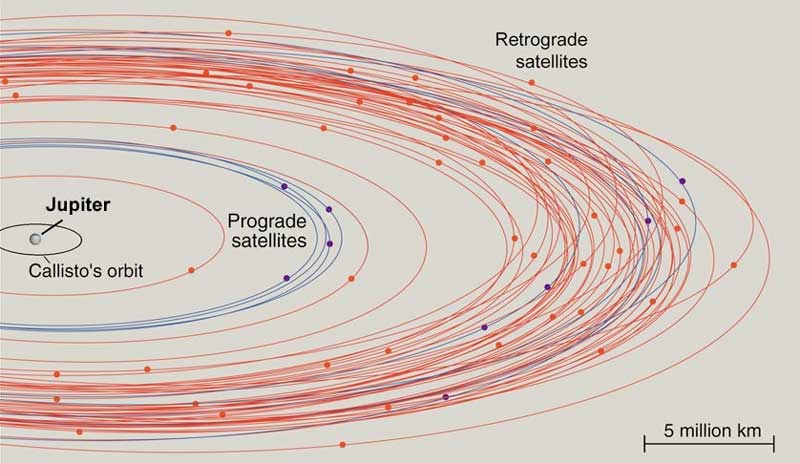
A lot of moons
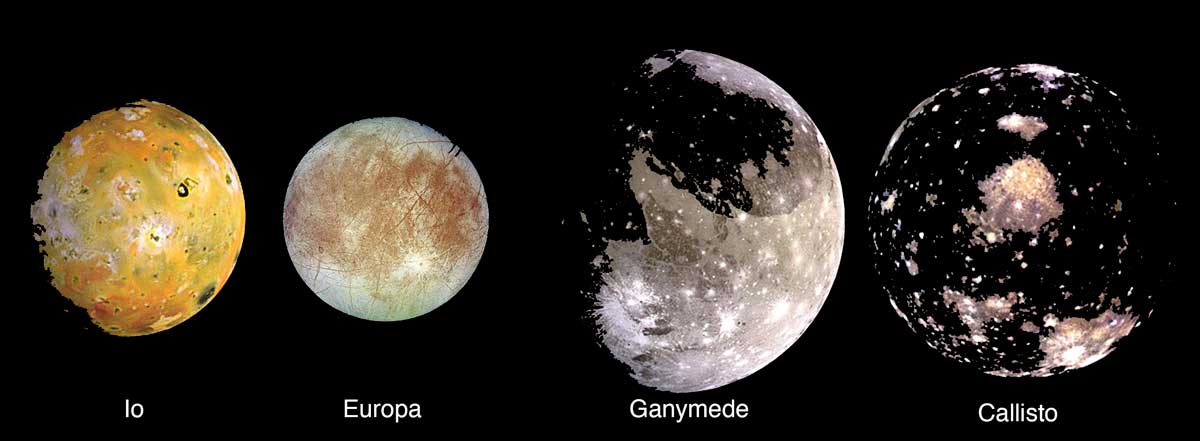
The four Galilean Moons of Jupiter: left to right: Io, Europa, Ganymede, Callisto
Europa
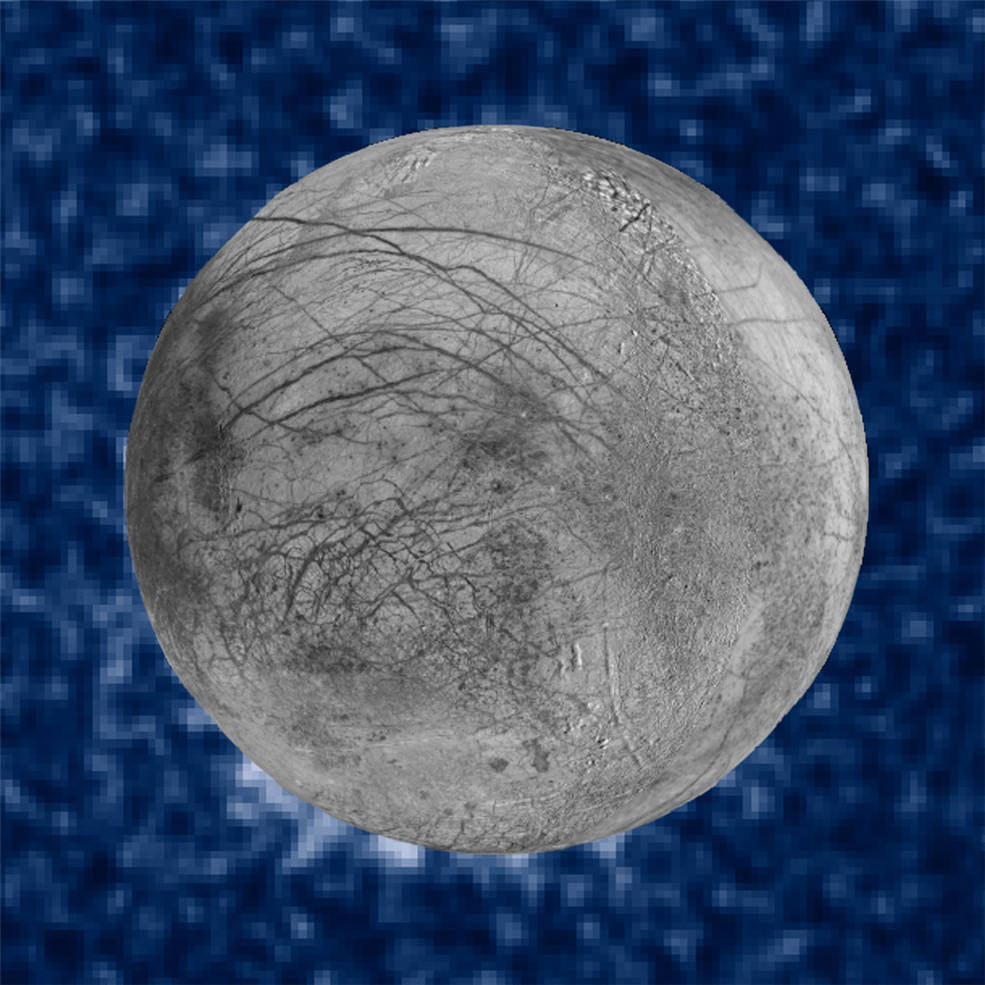
Possible water plume erupting from Europa's surface.
NASA/ESA/W. Sparks (STScI)/USGS Astrogeology Science Center
Saturn
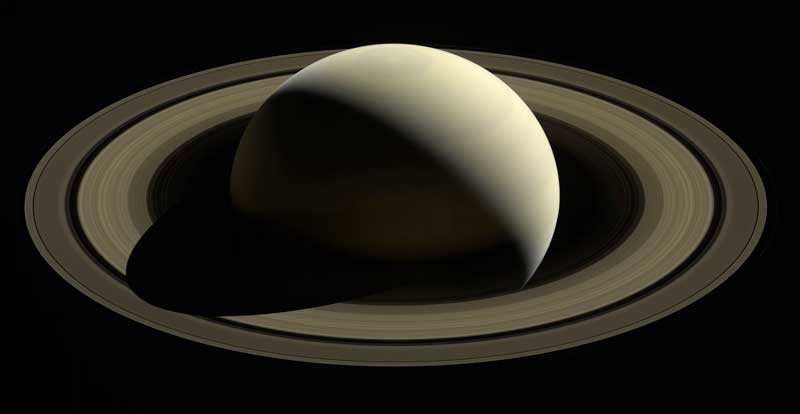
Saturn and its rings.

The internal structure of Saturn
The Rings!
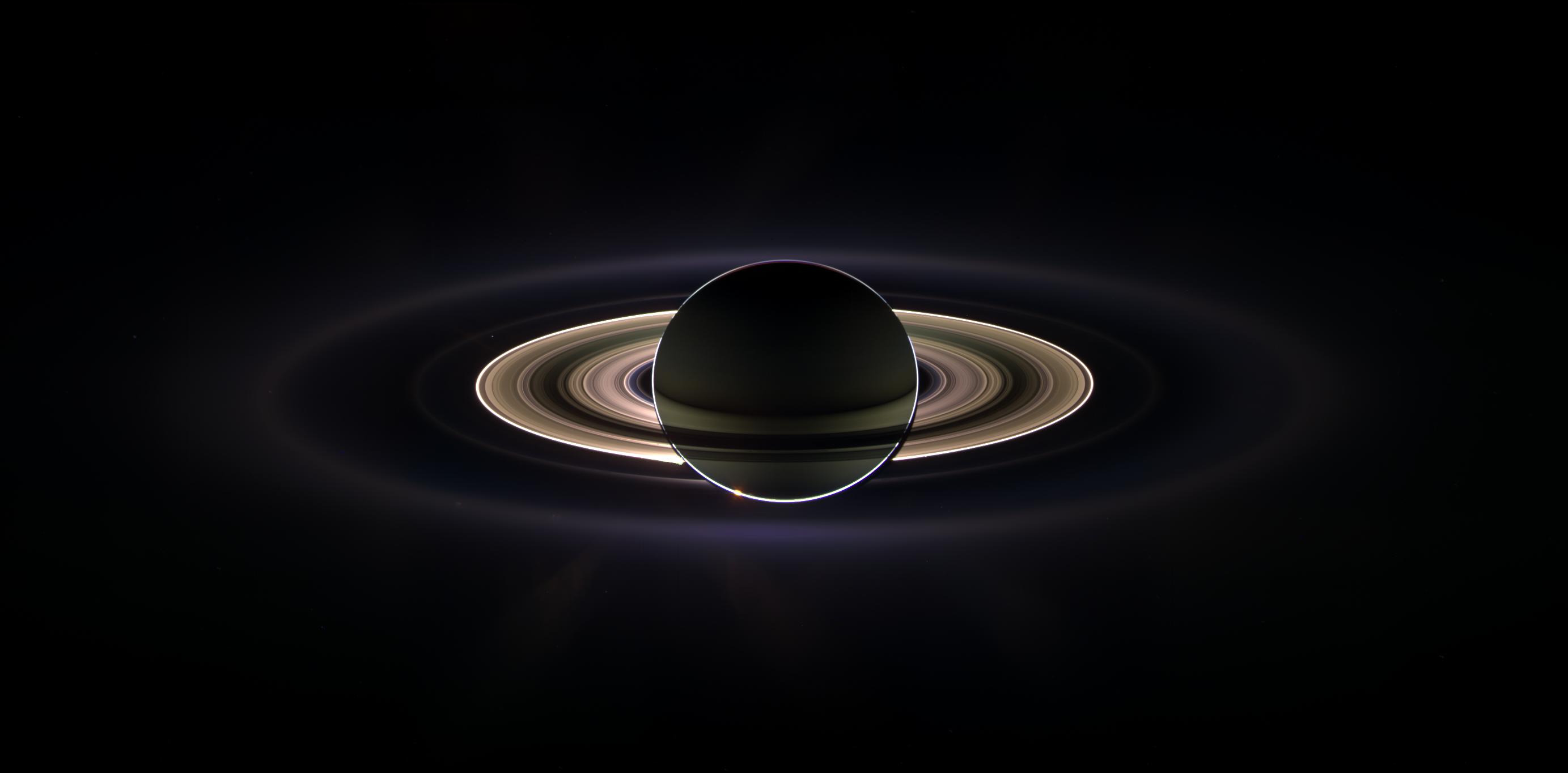
The rings of Saturn illuminated by the sun.
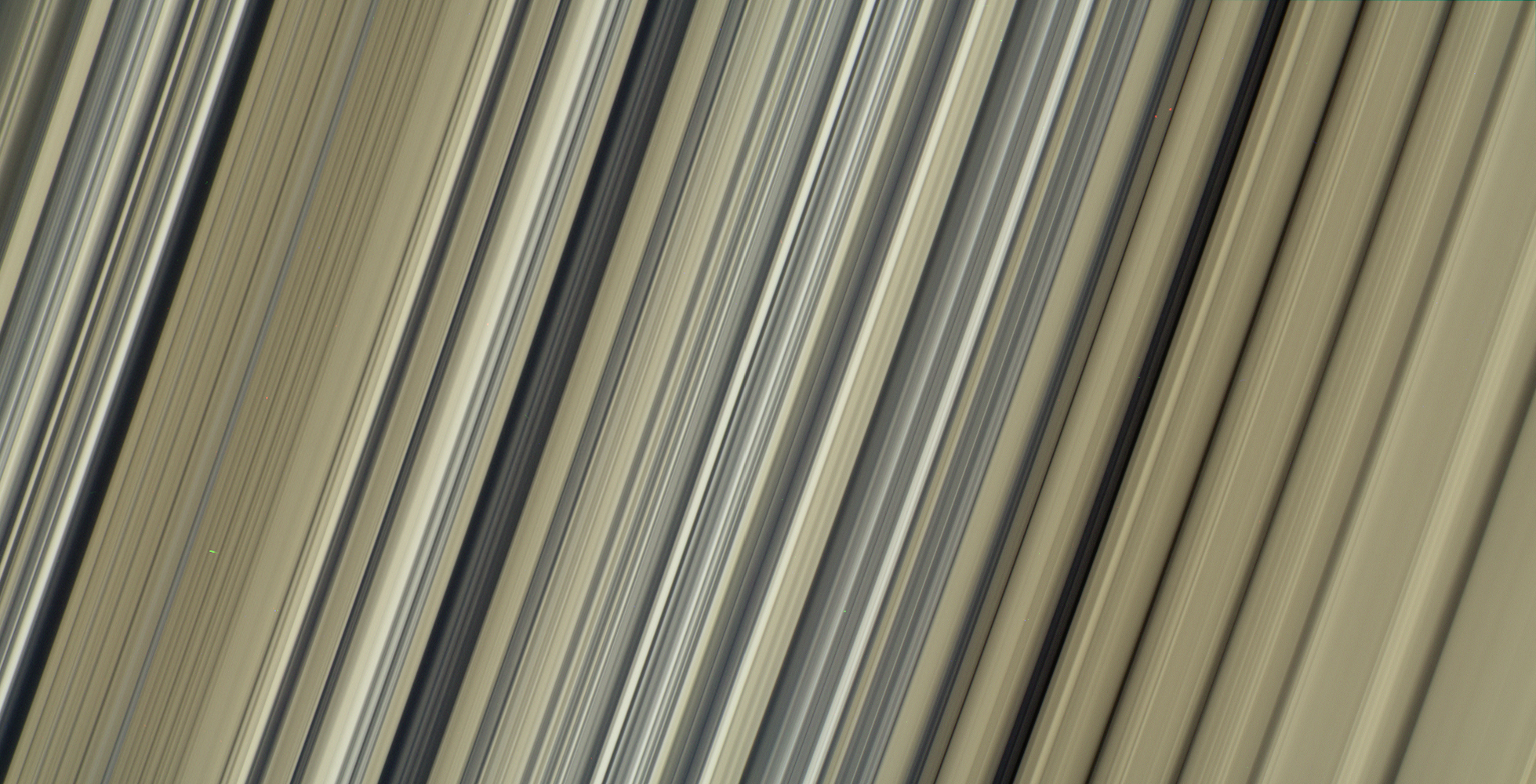
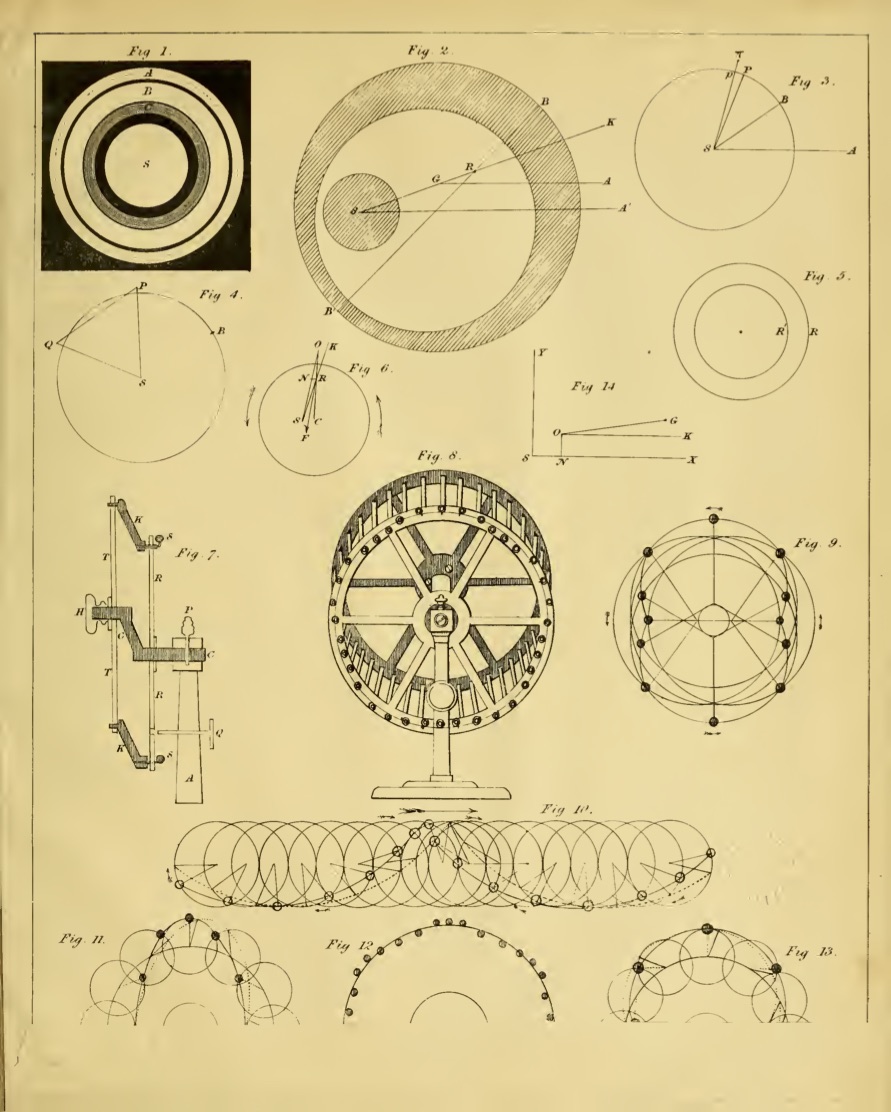
About the rings
Origin is still being debated.
Theory A: Existing moon get smashed (either through tidal forces, or collision).
Theory B: Rings formed when Saturn did.
Cassini-Huygens

This graphic depicts Cassini's interplanetary flight path beginning with launch from Earth on 15 October 1997, followed by gravity assist flybys of Venus (26 April 1998 and 21 June 1999), Earth (18 August 1999), and Jupiter (30 December 2000). Saturn arrival was on 1 July 2004.
NASA / Jet Propulsion Laboratory - Caltech
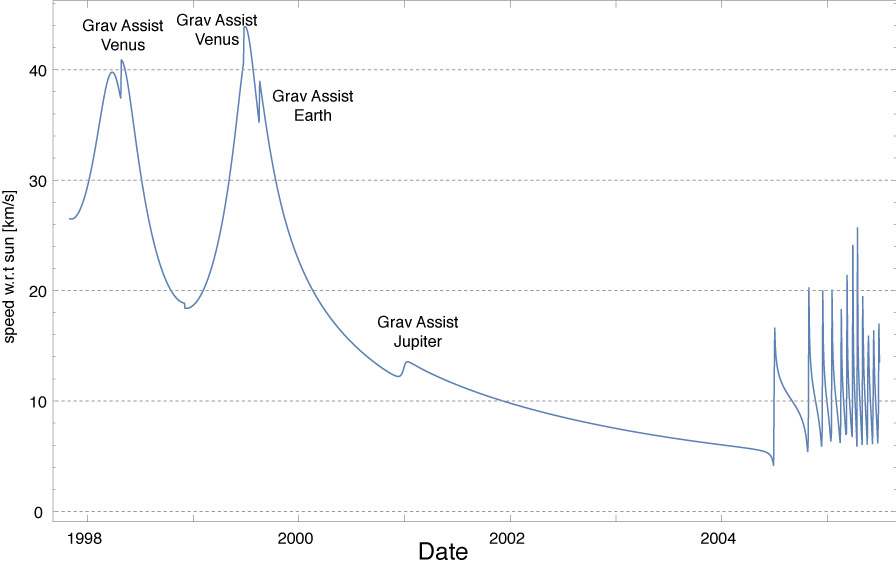
Speed (heliocentric) of Cassini as a function of time.
Saturn's Moons
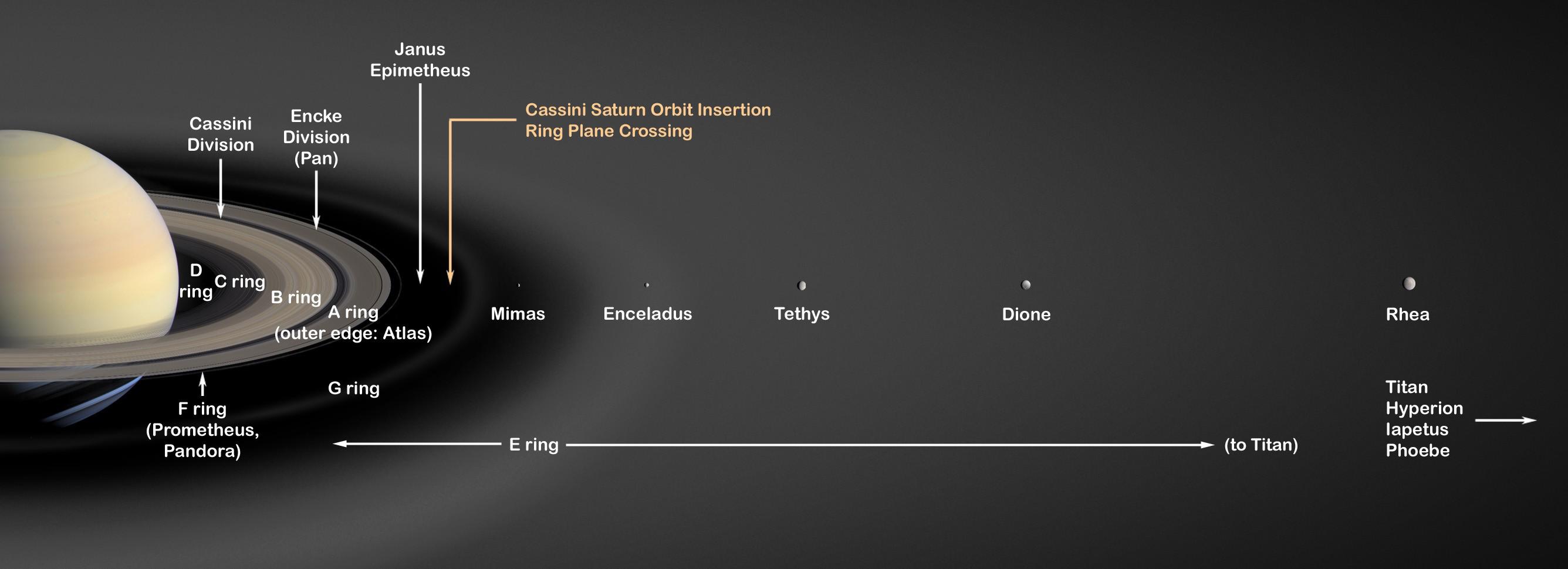
This is an artist's concept of Saturn's rings and major icy moons.

Never-before-seen looming vertical structures created by the tiny moon Daphnis cast long shadows across the rings in this startling image taken as Saturn approaches its mid-August 2009 equinox.
NASA/JPL/Space Science Institute
Titan
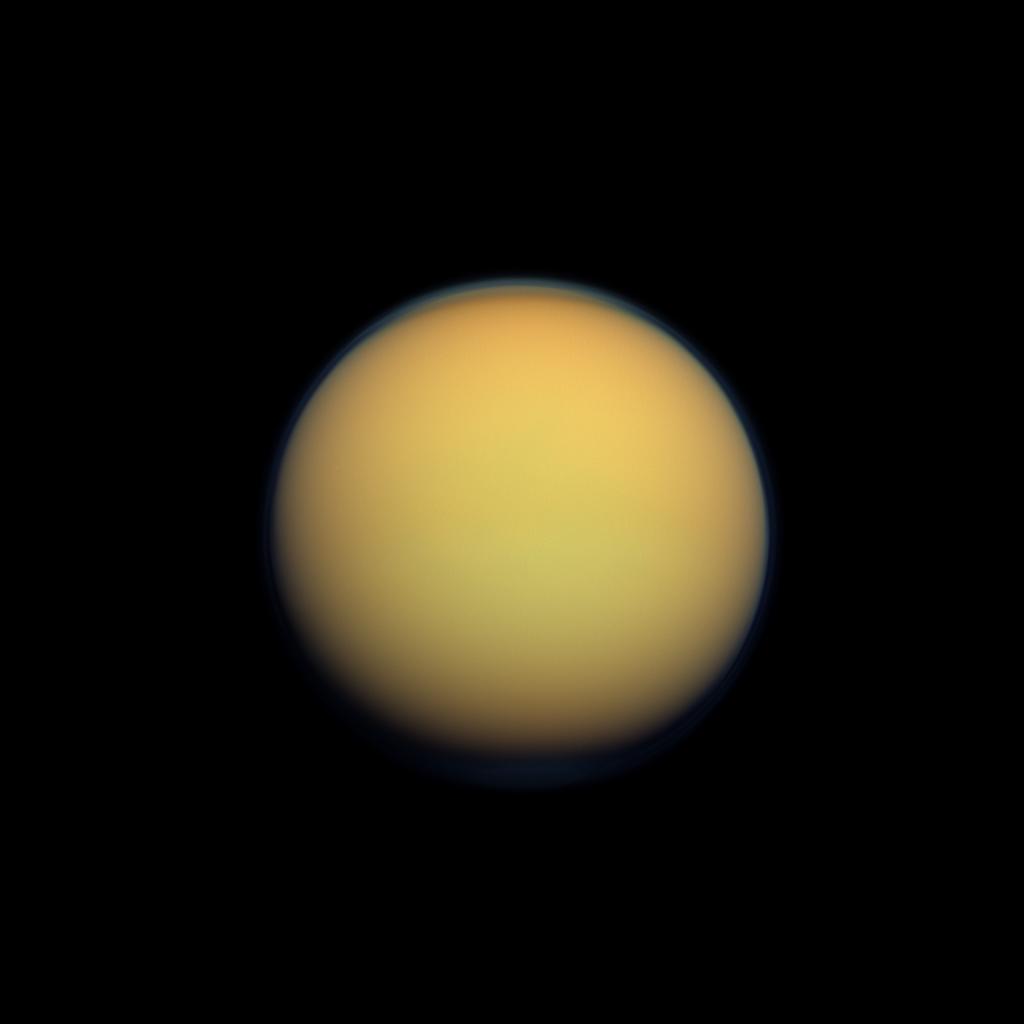
Natural color view of Titan from the Cassini spacecraft.
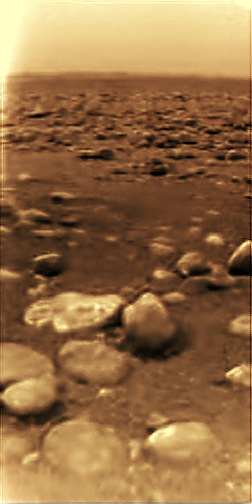
The color x2 super-resolution image of the Titan's surface as seen by the Huygens probe.
ESA/NASA/JPL/University of Arizona; processed by Andrey Pivovarov
In 2005, the Huygens probe landed on the surface of Titan. It is still the farthest landing away from earth.
Landing on Titan
Uranus

Arriving at Uranus in 1986, Voyager 2 observed a bluish orb with extremely subtle features. A haze layer hid most of the planet's cloud features from view.
Credits: NASA/JPL-Caltech
Neptune
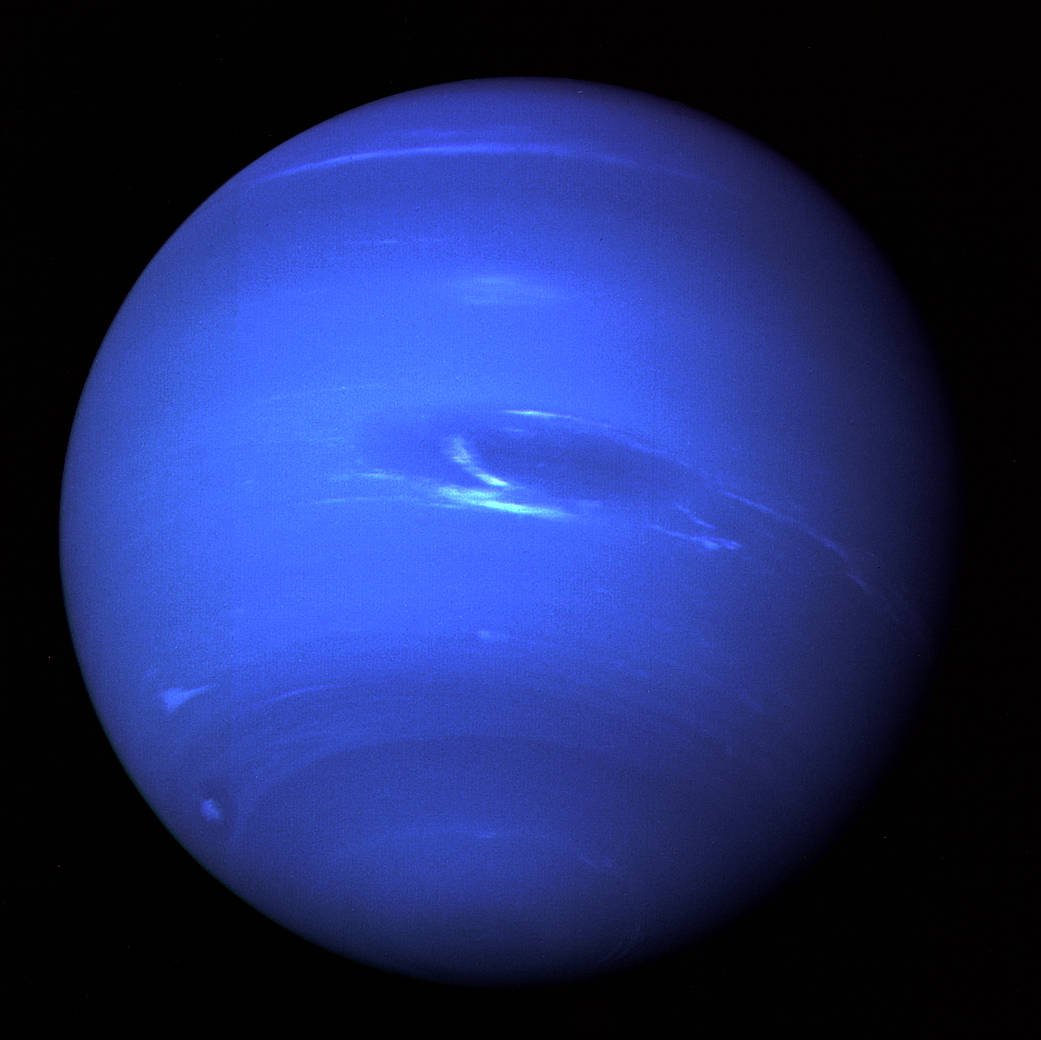
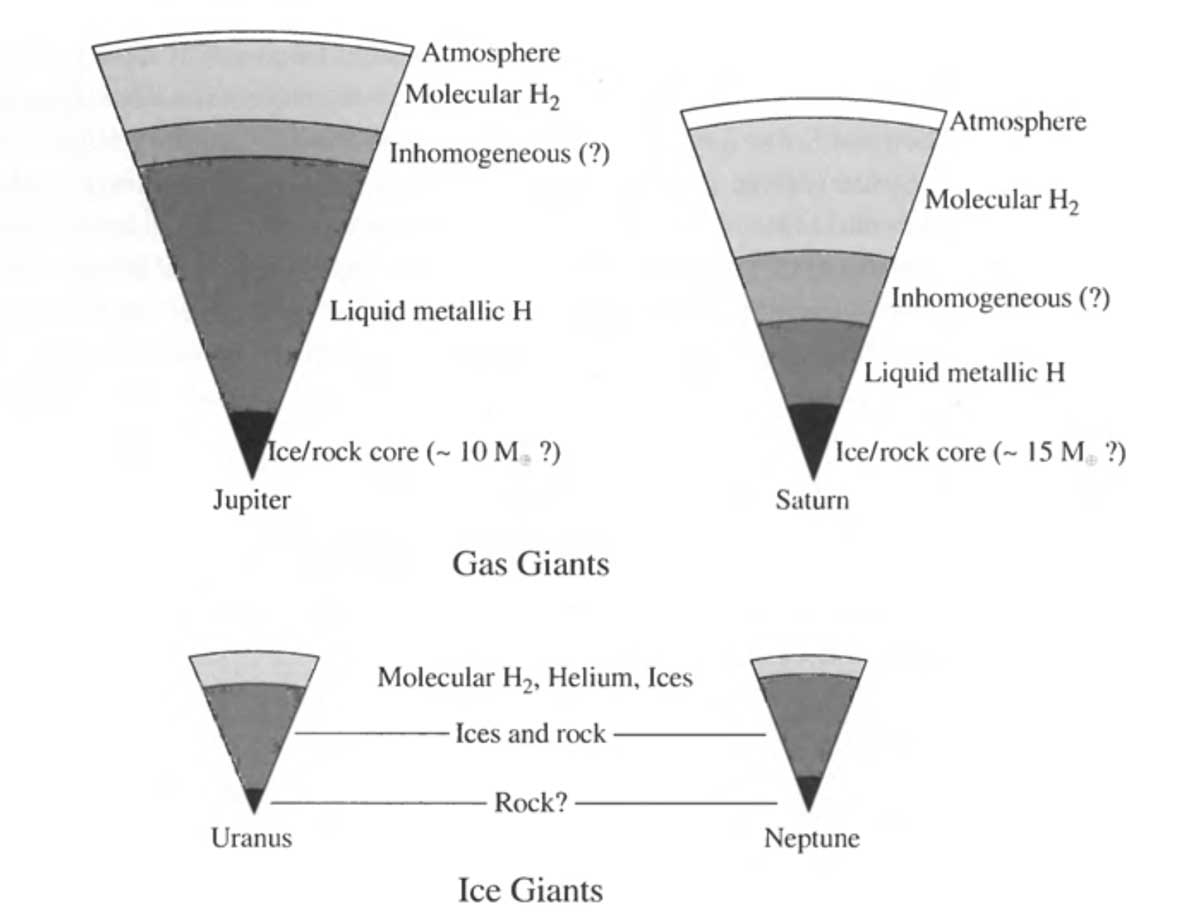
Carroll and Ostlie, figure 21.6
Dwarf Planets
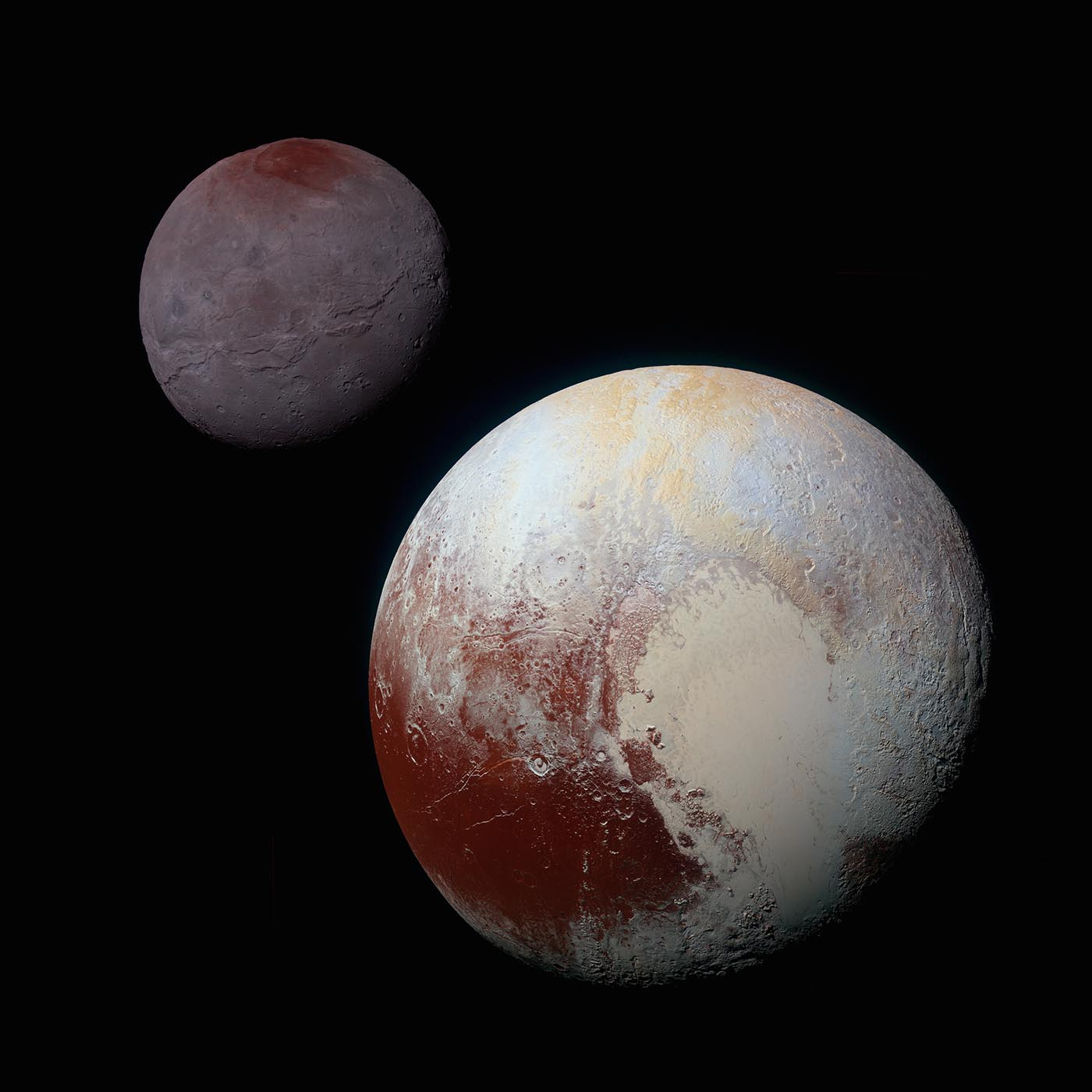
Pluto and its largest moon Charon.
Credits: NASA
Pluto
Pluto's Moons: Charon, Styx, Nix, Kerberos, Hydra
Ceres
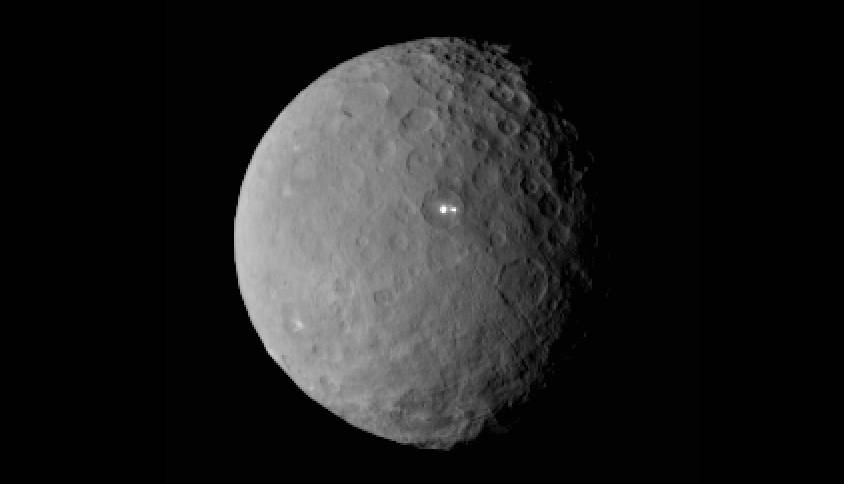
The dwarf Planet ceres.
NASA/JPL-Caltech/UCLA/MPS/DLR/IDA
Ceres lies between Mars and Jupiter in the asteroid belt.
Dawn spacecraft is in orbit. (ion drive)